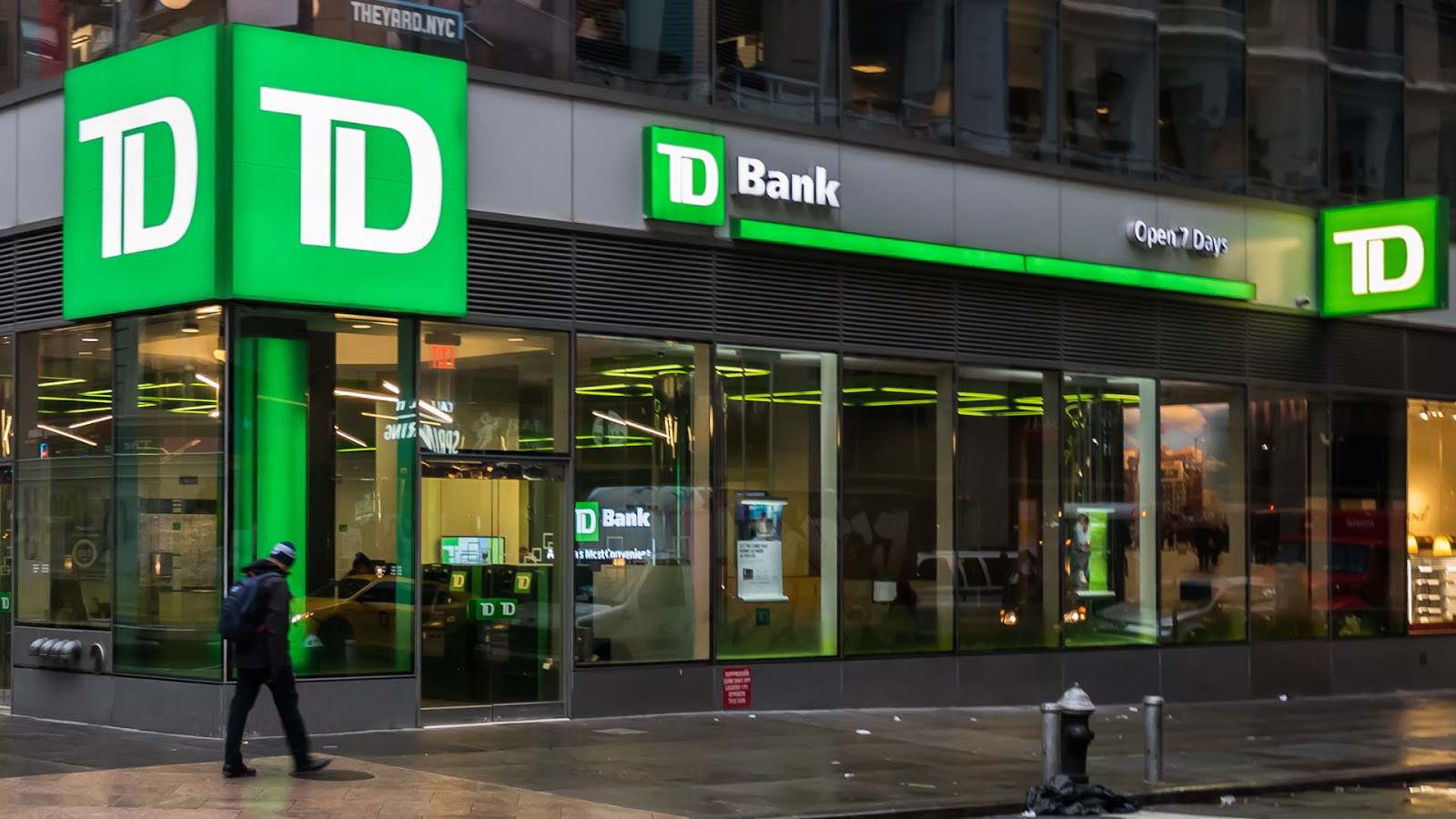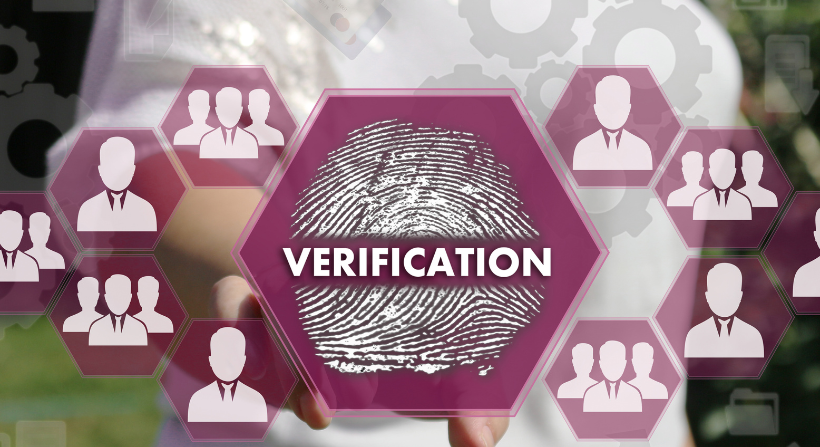This content originally appeared on HackerNoon and was authored by Pranav Khare
TD Bank N.A., the 10th largest U.S. bank, and its parent company, TD Bank US Holding Company, pleaded guilty and agreed to pay over $1.8 billion in penalties to resolve the Justice Department’s investigation into their violations of the Bank Secrecy Act and money laundering [1]. The news sent shockwaves through the financial world. Regulators also mentioned that TD Bank would have to pay around $3 billion in fines to settle charges. The bank failed to properly monitor money laundering by drug cartels. But this wasn’t just another compliance blunder. It was a signal that even major institutions are vulnerable to increasingly sophisticated financial crimes [2].
\
\ In our world, where digital transactions are becoming the norm, outdated customer verification methods are no longer enough. This costly failure is a wake-up call for the entire financial industry to rethink how they approach digital identity. What went wrong? And how can enhanced digital identity verification [3] measures stop the next billion-dollar compliance breakdown?
Understanding TD Bank’s Compliance Failure
TD Bank faced a $1.8 billion penalty for violating the Bank Secrecy Act (BSA) [4]. This is a clear example of what can go wrong when financial institutions fail to keep up with the risks of financial crimes. The main issue in this case is that the bank failed to properly monitor suspicious activities. The investigation revealed that from 2014 to 2023, the bank failed to adequately monitor suspicious transactions. Hence, a Florida-based payment processor was able to run a Ponzi scheme [5] for years without being detected.
\
“By making its services convenient for criminals, it became one,” Attorney General Merrick Garland said at a press conference on Thursday.
\ The legal filing shows that more than 90% of transactions were unmonitored between January 2018 and April 2024. This negligence enabled three money laundering networks to collectively transfer more than $670 million through TD Bank accounts [6].
\ There were several significant failures:
\
- Inadequate Customer Due Diligence (CDD) [7]: TD Bank did not properly assess the risks of its high-risk clients. This is a key part of any effective Know Your Customer (KYC) [8] process. Without it, criminals can use banks to hide illegal activities.
- Flawed Transaction Monitoring: The TD Bank systems were flawed. They were not reliable enough to detect suspicious transaction patterns. The bank inadequately monitored $18.3 trillion in transactions from 2018 and 2024[9]. DOJ mentioned that TD Bank neglected to file key Suspicious Activity Reports (SARs)[10]. These reports are important in flagging potential criminal activities. Advanced AI-powered monitoring tools could have helped flag these issues early on.
- Weak Compliance Culture: Compliance was not treated as a priority. Effective compliance requires a top-down approach that also engages leadership to set up a culture that takes regulations seriously.
\ These failures show the consequences of not adapting to modern financial crime threats. The traditional methods are no longer enough to deal with emerging financial threats. Financial institutions must step up their efforts so they can stay ahead of these risks.
Financial and Legal Consequences
The financial and legal fallout from TD Bank's compliance failures is severe. The bank had to pay a $3 billion settlement after the investigation. This amount is the highest penalty that is ever imposed on a financial institution for failing to comply with anti-money laundering regulations [11].
\ The settlement has multiple components. Much of the money will go to the U.S. Department of Justice [12] as part of the legal resolution. TD Bank will also have to pay fines to FinCEN [13], which oversees financial compliance in the U.S. These penalties give you a better idea of how serious the violations are and serve as a warning to other banks.
\ TD Bank also faces operational challenges. Regulators have imposed an asset cap on the bank. This will limit the ability of the bank to grow until it improves its compliance practices.
\ The market also showed an adverse reaction regarding the settlement news. The stock prices of the bank also fluctuated, as investors were concerned about the future and reputation of the bank. As we know, trust is most critical in the banking sector. However, these compliance issues have raised questions about TD Bank's commitment to safeguarding customer funds.
The Growing Need for Robust Digital Identity Verification
The TD Bank case is a big reminder that the financial world needs better digital identity verification systems. Criminals are getting smarter and are finding ways to outsmart old-fashioned security measures. This creates risks that banks and other financial institutions can’t afford to ignore anymore. Financial crimes are happening more often, and outdated systems are part of the problem.
\ In 2023 alone, financial crimes caused a loss of $3.1 trillion worldwide [14]. This isn't just a big number, it shows that many institutions aren’t doing enough to protect and verify people’s digital identities. Even though groups like Europol [15] have been warning about these risks for years, the TD Bank case shows that any bank, no matter how big, can fall victim to these growing threats.
\ Digital identity verification is more than just protection, it's a key weapon in the fight against financial crimes. From 2024 onwards, over 70 billion identity verification checks are expected to happen every year [16]. This shows just how important it is for banks to move away from old methods like manual document checks and simple data reviews. Criminals can easily trick those outdated systems, which makes it nearly impossible to stop fraud or money laundering early enough.
\ To stay ahead of these crimes, financial institutions must use the best digital identity verification tools available. These advanced solutions don’t just improve security; they also make the process faster and more accurate, helping the businesses employing them build trust with their customers.
\n
\ Here’s how advanced digital identity verification can mitigate these risks:
\
- Biometric Verification: Modern verification systems leverage biometric data such as facial recognition [17], fingerprint scanning, or voice identification to verify identities with high accuracy. These methods significantly raise the barrier for identity fraud, as biometric markers are far more difficult to forge or manipulate.
- Behavioral Analytics [18]: Advanced AI systems can track and analyze a user’s behavioral patterns, such as typing speed, mouse movements, or login habits, to establish a behavioral "fingerprint." Deviations from these patterns can serve as early warning signs of fraudulent activity that allow institutions to act before significant damage occurs.
- Continuous Identity Monitoring [19]: Unlike traditional verification methods, which are often one-time checks, continuous monitoring allows systems to assess risk on an ongoing basis. AI tools can flag unusual behavior at any point in a transaction lifecycle and offer real-time insights into potential threats.
- Geolocation and Device Fingerprinting: Modern identity systems can incorporate location-based data and device identification to detect anomalies [20]. If a login attempt is made from an unusual geographic location or an unfamiliar device, the system can flag the activity for review or require additional verification.
- Identity Proofing and Verification via Blockchain [21]: Blockchain technology provides an immutable, decentralized ledger that can be used to verify identities with complete transparency and security. By integrating blockchain, financial institutions can ensure that identity data remains tamper-proof while reducing the risk of fraudulent activity.
\ As financial crimes become more complex, it’s clear that implementing the latest AI and digital verification technologies is essential not just to avoid regulatory fines but also to build customer trust and ensure long-term security for financial institutions. Institutions that invest in robust digital identity solutions are better equipped to detect and prevent fraud to ensure a safer financial ecosystem for all. By adopting these technologies, banks not only strengthen security but also create a smoother, more trustworthy experience for their customers.
Conclusion
TD Bank’s $1.8 billion compliance failure is more than just a warning; it's a turning point for the entire banking industry. This wasn’t just a small mistake, it was a big failure to keep up with the technology needed to protect financial systems today. The case shows the serious consequences of not following anti-money laundering (AML) [22] rules and how traditional methods can no longer handle the growing complexity of financial crimes.
\ With more regulations on the way, banks need to overhaul how they verify identities. This is more than just following the rules, it's about making sure advanced digital identity and risk-based verification are part of every step, from customer sign-ups to transaction monitoring. If banks don’t adapt, they’ll face legal trouble and damage to their reputation.
\ The TD Bank case is a wake-up call, marking the start of a new era with stricter regulations and closer inspections. Banks that don’t act quickly will be targeted by regulators and will face more risks from financial crimes. Now is the time for banks to rethink their compliance strategies, invest in advanced technologies, and build a culture that values both security and innovation. By adopting modern identity verification solutions, banks can protect themselves from future fines and help build a safer, more secure financial system for everyone.
\n
\n
\
This content originally appeared on HackerNoon and was authored by Pranav Khare
Pranav Khare | Sciencx (2024-10-25T14:26:40+00:00) TD Bank’s $1.8 Billion Mistake: Why Banks Must Prioritize Enhanced Digital Identity Verification. Retrieved from https://www.scien.cx/2024/10/25/td-banks-1-8-billion-mistake-why-banks-must-prioritize-enhanced-digital-identity-verification/
Please log in to upload a file.
There are no updates yet.
Click the Upload button above to add an update.


